Diamonds that Dare to be Different
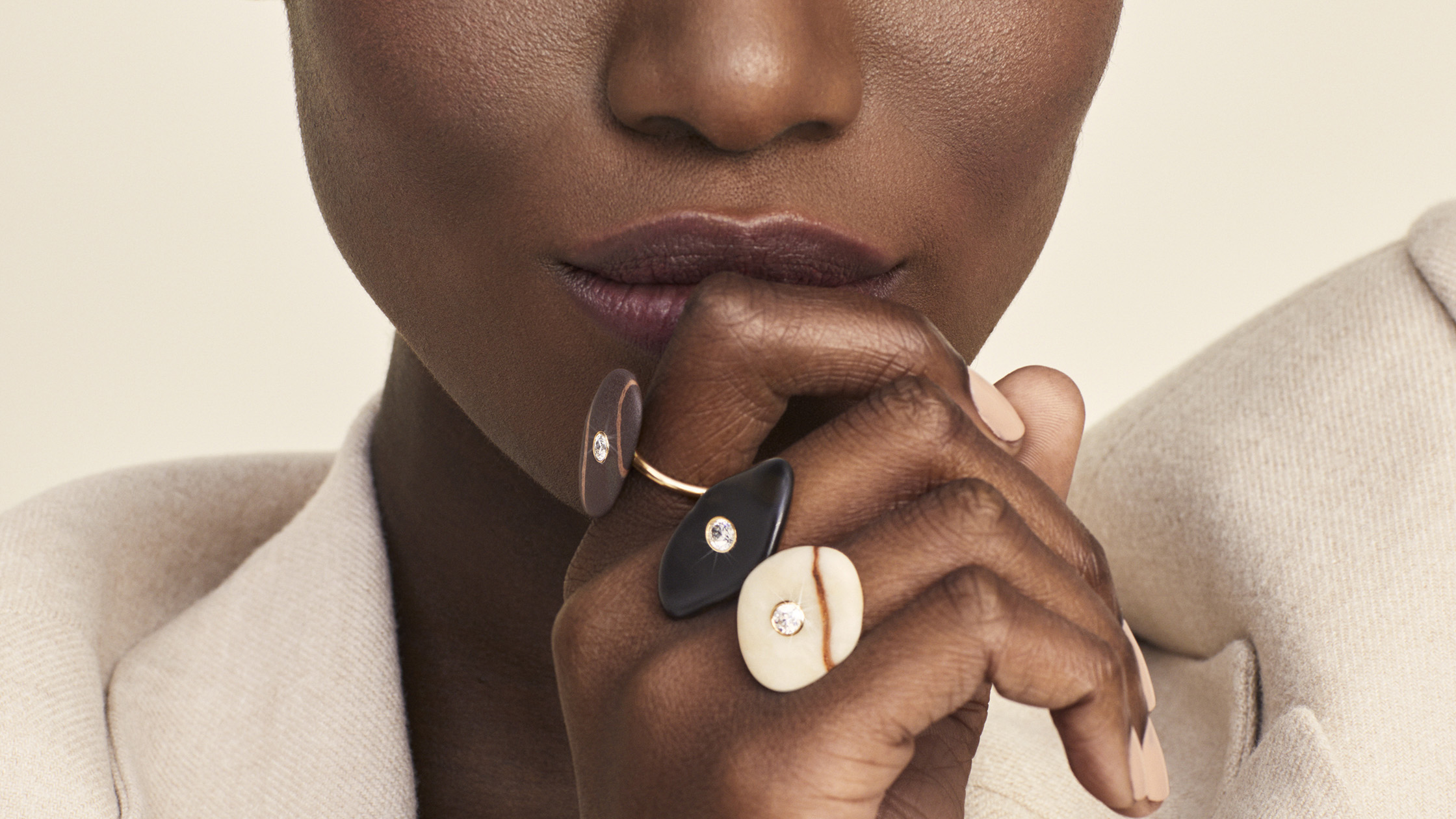
When Charles de Viel Castel inherited a loose diamond from his grandmother, he asked a lapidarist to set the precious stone in a pebble that he collected on the beach. A financier without any jewelry experience, de Viel Castel wasn’t inhibited by traditional practices. “I liked the idea of having the diamond in something tactile,” he explained. “Something like a talisman.”
As it turns out, so did his friends, who, after seeing de Viel Castel’s design, requested private commissions. They brought him pebbles collected on vacations or from other special places, and had them set with diamonds in pendants. It’s this that inspired de Viel Castel to launch the CVC Stones collection of diamond-set pebble jewelry. And the requests haven’t stopped since.
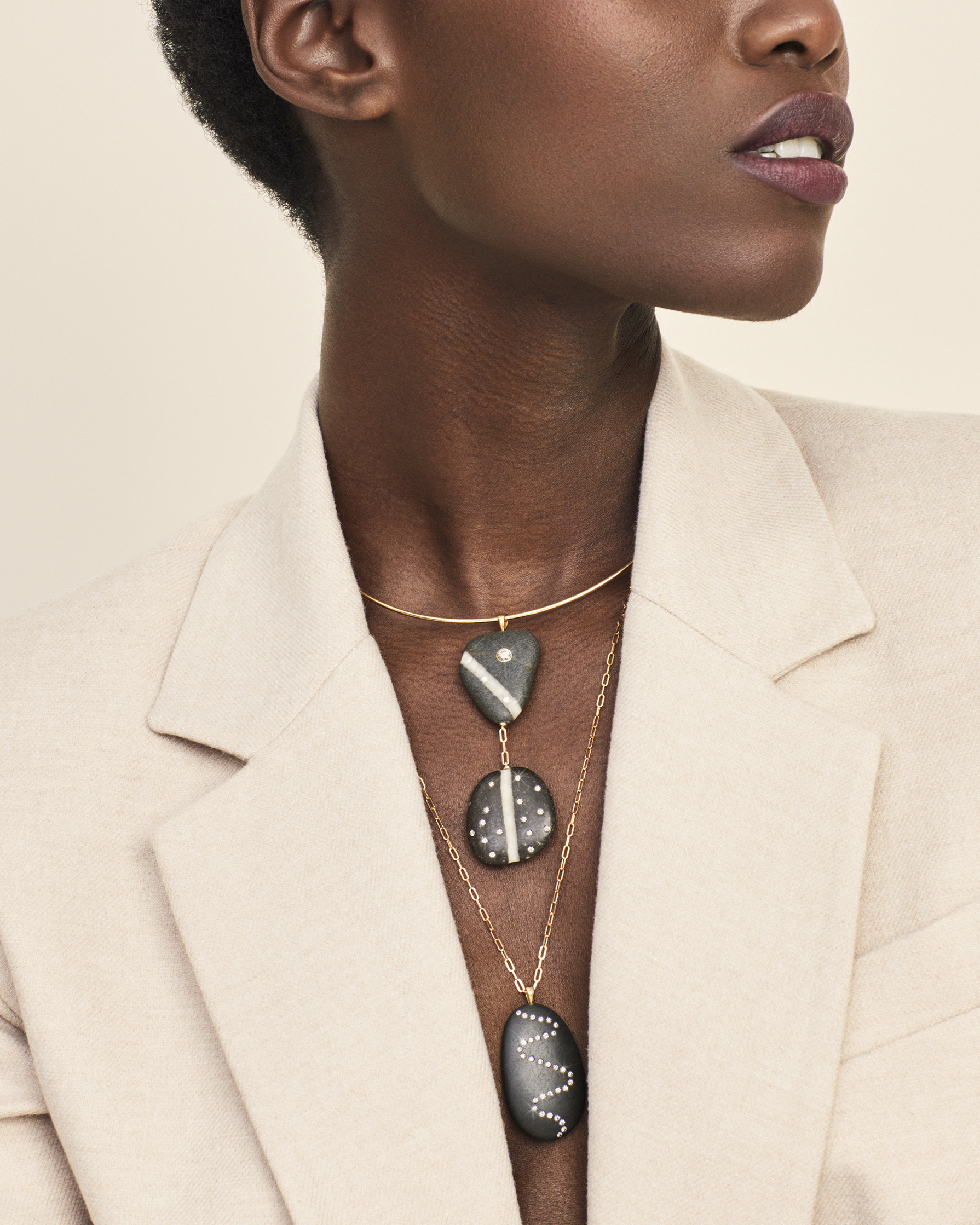
After all, there’s something daring and irreverent about positioning perfectly faceted diamonds in untamed pebbles plucked from a forest or a beach.
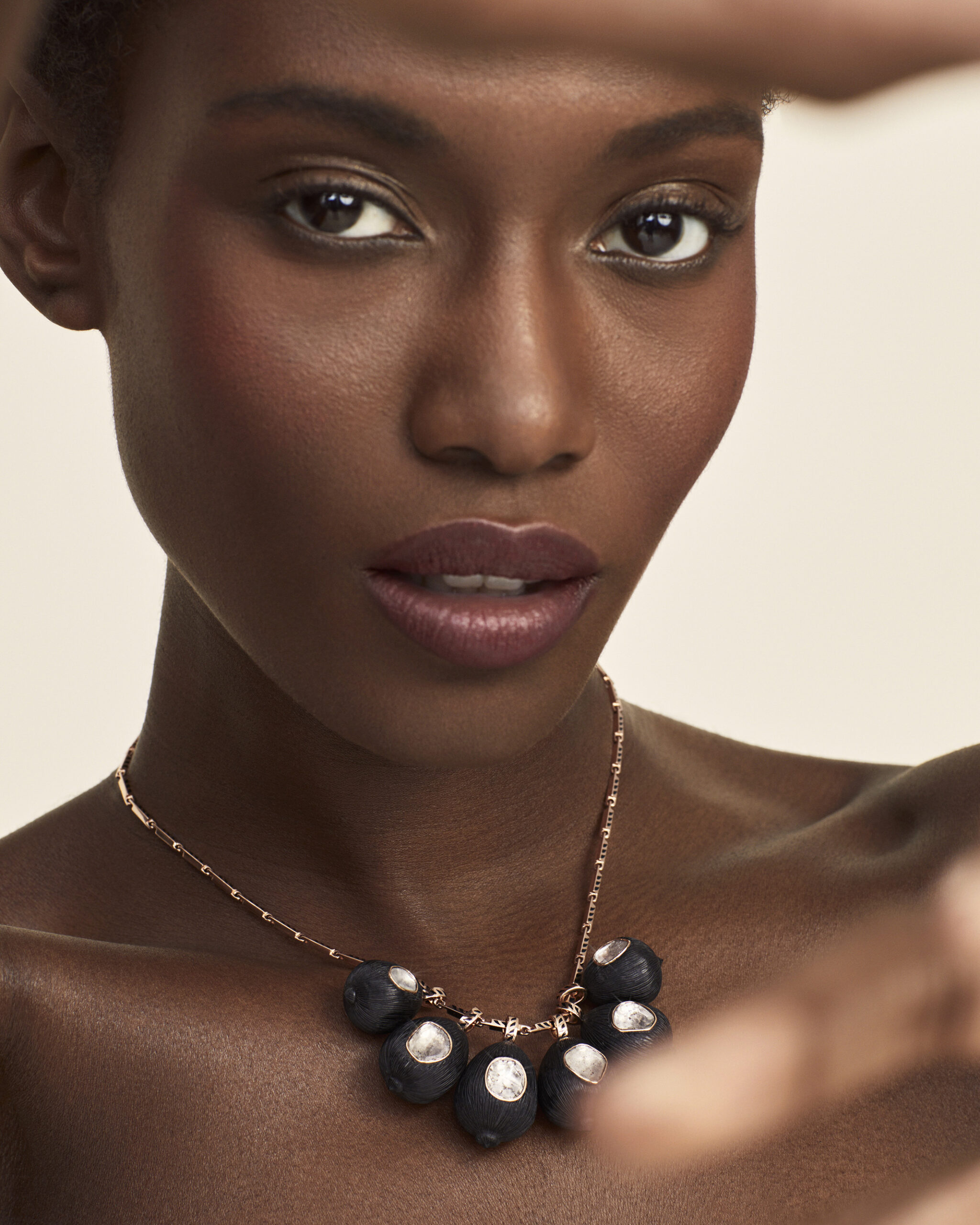
Diamonds Like You’ve Never Seen Before
Although it takes imagination and confidence to combine something as precious as a natural diamond with unorthodox and unexpected materials like coconut shells, bamboo or pebbles, many today’s leading jewelry designers are taking the plunge. Far from mere novelty, the finished jewels are artistic, original expressions of the world’s most coveted stones.
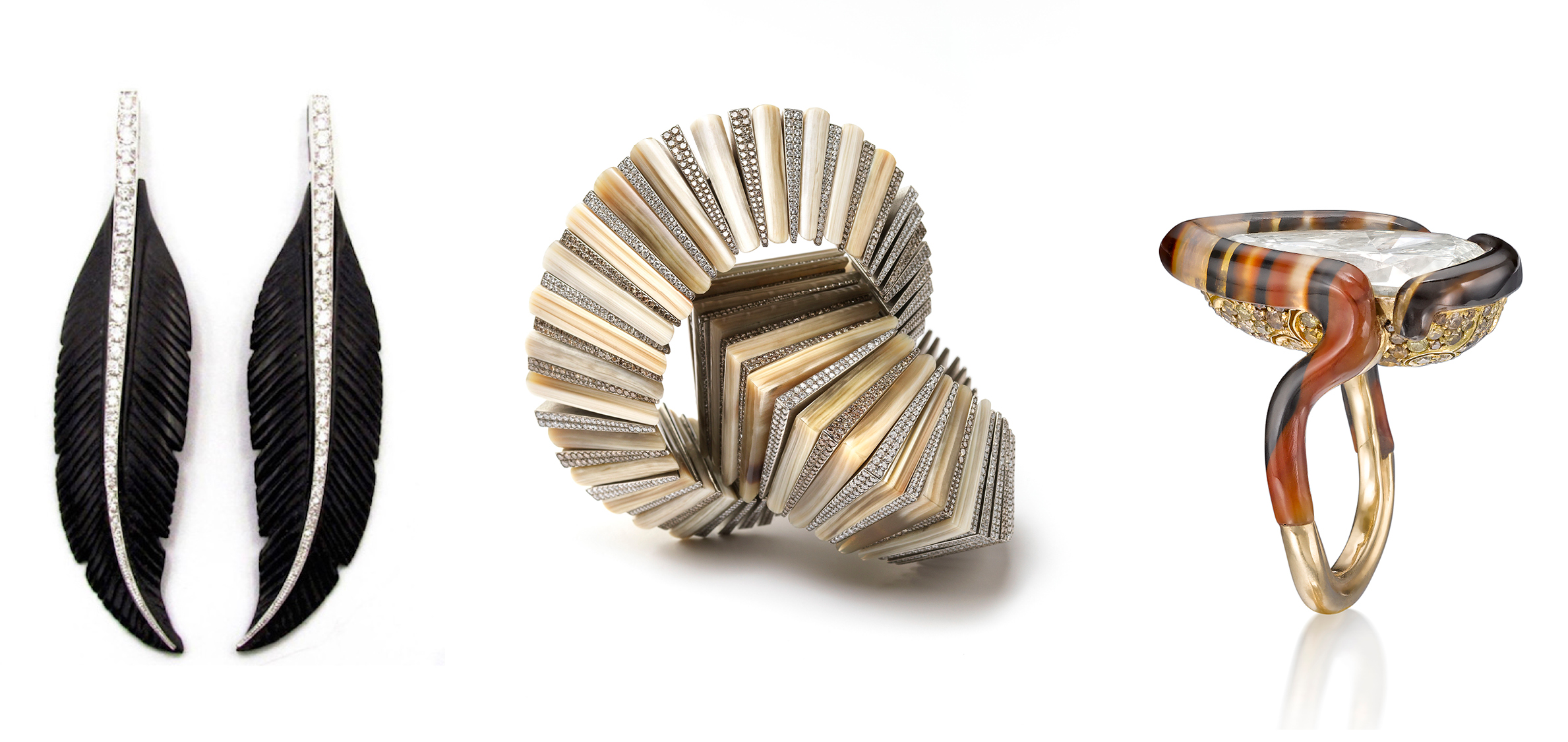
While Glenn Spiro sets diamonds in horn, Antonia Miletto favors wood and Nicholas Varney prefers eggshells (often from eggs hatched on his own farm). And Katey Brunini uses a variety of organic materials, including wood and moose antler. Though many of these materials have been used in jewelry of the past, the style’s newfound prevalence is proving a trend here to stay; it answers people’s desires for organic designs that reflect a more casual lifestyle.

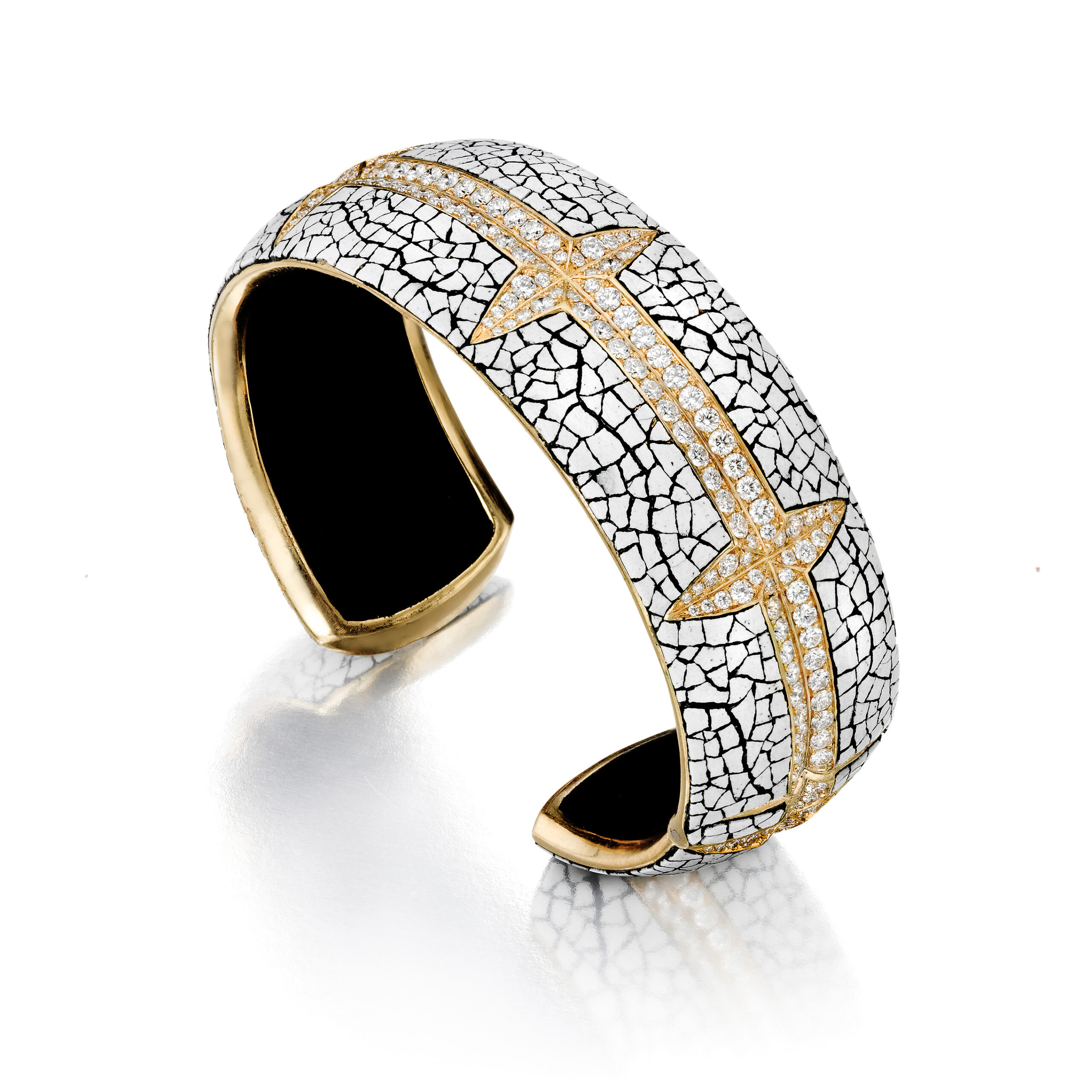
Diamonds and Denim
Frederic Boucheron, who, in 1858, founded the house that bears his name, was a pioneer in combining precious stones with unexpected materials. The house’s current creative director, Claire Choisne, continues in that spirit. One of her latest innovations is the Quatre Jean capsule collection, which features the house’s signature Quatre motif with denim and diamonds. The contrast of sparkling precious stones with textured cotton denim is not only striking, but a soaring technical achievement.
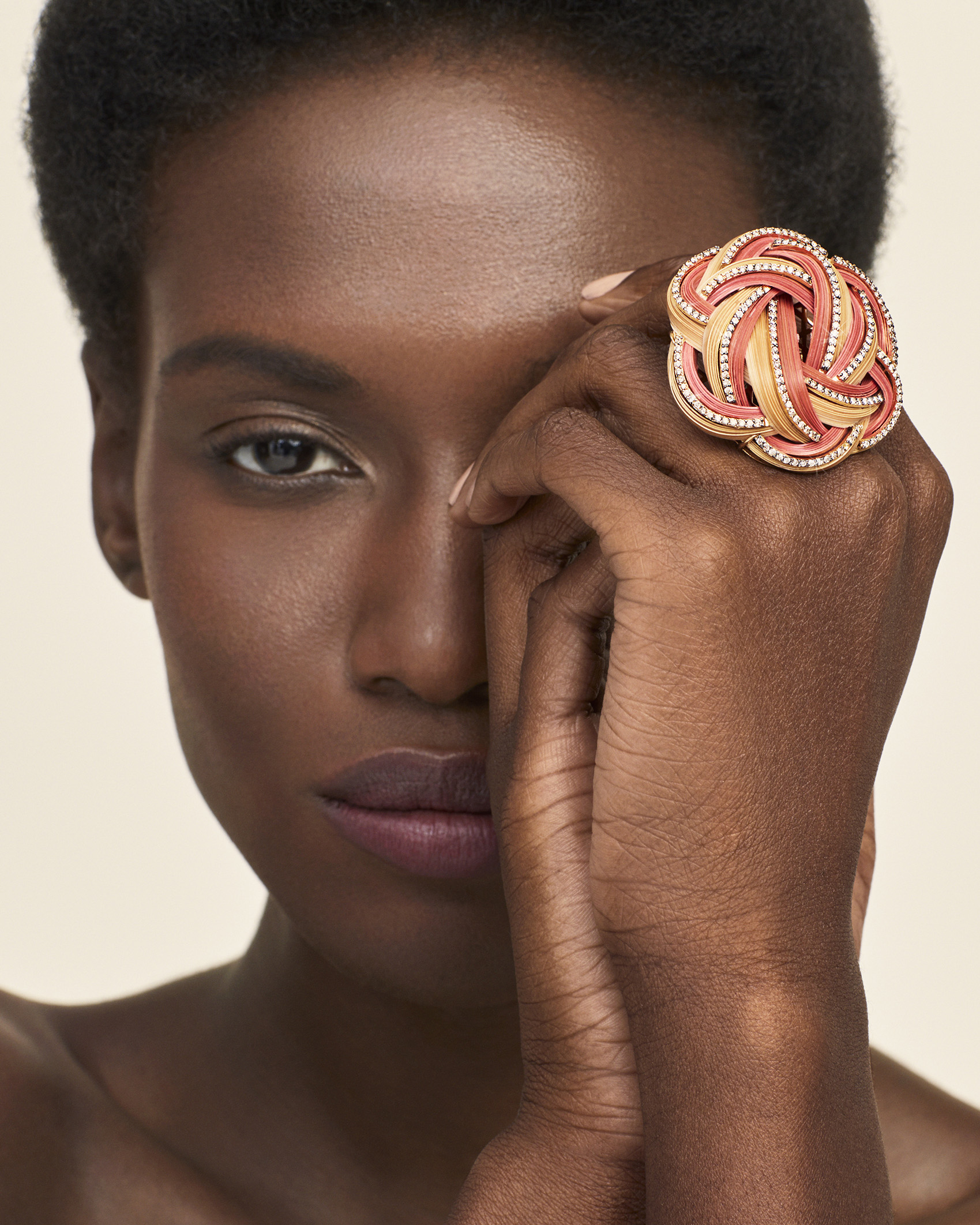
Nature Delivers the Best Materials
Known for exploring new materials in jewelry and her latest collection, Brazilian designer Silvia Furmanovich’s use of Amazonia Bamboo is perhaps the most pioneering. On a trip to the southern town of Beppu in Japan, she was inspired by artisans who weave bamboo baskets using techniques that have been passed down for centuries. She spent several days with an artisan experimenting with smaller scale bamboo jewelry designs set with 18 karat gold and diamonds.
“The value of the design is in the artisan craftsmanship,” says Furmanovich. “It’s not in the weight of the gold or the stones.”
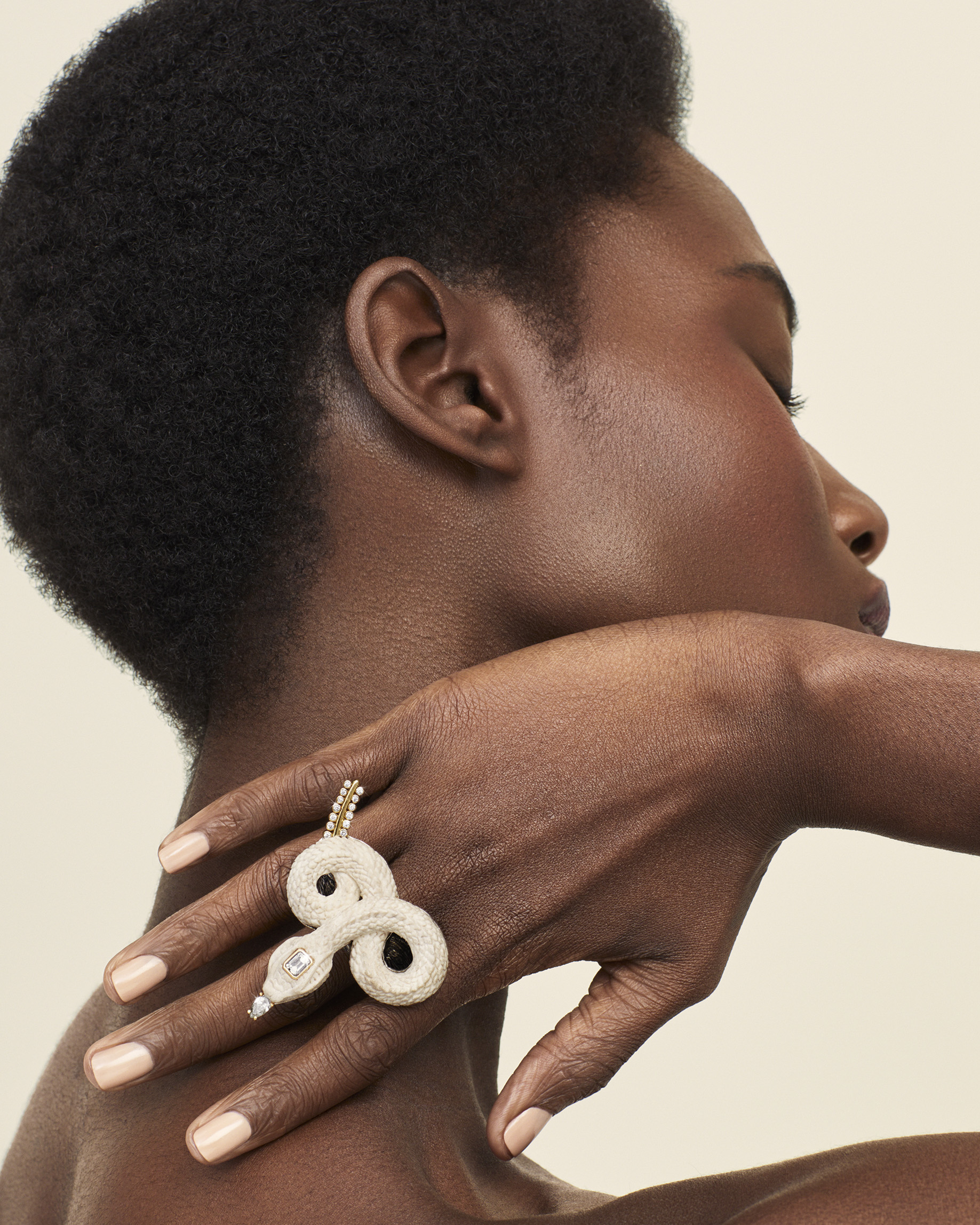
Of course, the bamboo must also be durable enough to secure the diamonds and gems. “It’s a challenge to find materials you can combine with precious stones, but I want to use more sustainable materials and keep craftsmanship alive,” she says. Moving forward, she will be using bamboo from a local Brazilian forest (she also uses native wood in her signature marquetry pieces) and she plans to bring Japanese artisans to Brazil to train local craftsmen in their weaving techniques.

Stones of a Different Nature
CVC Stones puts as much effort into sourcing beautiful pebbles for its jewelry as it does in selecting top-quality natural diamonds from Antwerp for each piece. “The pebbles are from the sea and nature, and when you touch them you can feel their positive energy,” says de Viel Castel. From places as far away as Greece and Patagonia, he has enlisted a coterie of “stone pickers” to hunt for pebbles to use in designs. For every 100 they send, CVC will ultimately select just two or three to use in jewelry.
“We have one picker in North Carolina who only goes out in the full moon to find pebbles,” says de Viel Castel about finding unusual pebbles. “Diamonds are the best combination with the pebbles. We have tried rubies and sapphires, but it doesn’t have the same effect. The sparkling glossy contrast against the smooth, tactile pebble is special.”
Surprisingly, de Viel Castel’s clients are often attached to the sentimentality of the pebbles, and how diamonds work to elevate the humble rock into a wearable keepsake. In one such case, a grandmother with several daughters and granddaughters, collected stones around their home located on an island off the coast of Maine. She commissioned ten unique pendants, each made with the family’s rocks and embedded with diamonds. “It’s something that is truly one-of-a-kind that connects people to a place or moment in time,” says de Viel Castel.
